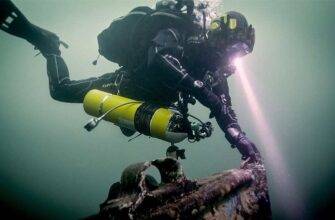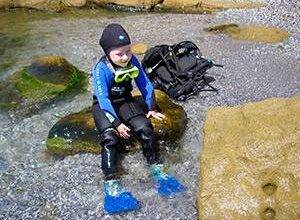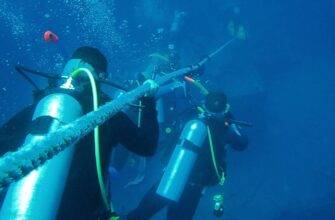
The top layer of water where sunlight penetrates is called the photic zone and contains the greatest number of photosynthetic organisms. These organisms use carbon dioxide, making the water slightly more alkaline.
In addition, surface water is warmer, which also reduces the amount of dissolved carbon dioxide. On average, warm, life-rich water has a pH of about 8.5.
In the ocean column, the pH can vary slightly. There may be more carbon dioxide from the respiration of marine animals and other organisms, so the water is more acidic, with a lower pH value..
At depths of about 1,000 meters, the activity of life decreases. This means less respiratory activity, and therefore less carbon dioxide, so these layers of water have an alkaline reaction.
At 3,000 meters and deeper, the water becomes more acidic again. The reason is that decaying organic material falling to the bottom releases carbon dioxide, and there are no photosynthetic organisms to absorb it here.
The transition between the less acidic and more acidic zones is called the carbonate compensation level (CCL). The water below the CCL is acidic enough to dissolve limestone shells (limestone is calcium carbonate) and other remains of dead organisms that fall there.
In other words, below the UKK, the rate of dissolution of calcium carbonate exceeds the rate of its accumulation.
Read More:




